In the last decade or so, it seems that a lot of people became aware of the need for a survival plan, and this became an even more demanding reality when the pandemic hit. Today, hurricanes, wildfires, and social unrest are all real possibilities that we have to face.
The environment plays a critical role in your survival, and no other environment is more challenging than the urban setting when it comes to survival. In fact, the idea of being trapped in an environment with a high social density is something a lot of folks refuse to think about.
I’ve always considered “city life” to be detrimental to our survival instincts, and a catastrophic event can trap everyone inside an urban climate, regardless if they are an expert prepper or average Joe. You could spend years planning for everything you fear may one day occur and developing the best bug-out plan, but the hostile and dangerous characteristics of urban environments can ruin all your plans and preparations.
The dangers of urban environments
The city you live in, like most cities all across the country, experiences a vast and unique set of issues that make them a dangerous place to be in when a crisis occurs. Staying in the city is a difficult and challenging effort.
First of all, you have to understand that everything city dwellers need to survive and live comfortably in the city is delivered from other regions. There are almost no renewable resources in the city, and those resources that are available could be unavailable if the disaster affects the transportation routes, vehicles, manpower, etc. Once these supplies are gone, there will be no alternative to resupplying, and people will start to turn on each other.
Second, the population of the city is an unpredictable factor that plays an important role in every survival scenario. The presence of desperate people will lead to panic, and panic is highly contagious. As panic spreads, it will lead to social upheaval, a mob mentality will form and take over, and innocent people will get hurt.
And lastly, you have to assume that no help is coming and there will be no one to give you a helping hand. A lot of people falsely believe that some form of government will come to their aid in case a natural disaster occurs. But as we saw during Hurricane Katrina, there simply isn’t enough to go around, and government agencies lack the manpower and logistics to handle large-scale disasters.
What can you do?
I believe that people living in the city should consider a few key factors when making their survival plan. The time period of the aftermath of a disaster, the supplies they have or are able to procure, the movement factor, and defense preparations.
The aftermath of the disaster
The aftermath of a disaster oftentimes can and will affect not only the individual but the entire community. The aftermath can be temporary or permanent.
Temporary aftermath can also be divided into short-term and long-term types. Most Americans have already experienced short-term aftermath, and these are fairly common in first-world countries. One example would be the common blackout a lot of people experience after a storm or system/grid failure.
Some of these aftermaths have effects that are nothing more than an annoyance to most people, while others have lasted longer than expected. One example would be a shortage of gas that affects not only the individual when the fuel pumps run dry but also the community when the re-stocking of goods takes longer than usual.
Long-term effects are still temporary, but they can last for several weeks or months. In this category, we can include major natural disasters, civil unrest, and even war. These scenarios create various issues that often lead to people turning on each other as soon as the lack of resources affects their lifestyles. In the case of temporary short-term aftermath, people usually come together and help each other because they know such situations don’t usually last long, and there’s no panic involved.
Permanent aftermath is caused by an event that has lasting change and makes an area inhospitable. Even experienced preppers may have a hard time surviving and living through such conditions, and one “recent” example would be Hurricane Katrina. Other historical effects whit long-lasting and permanent effects that are worth mentioning are the Dust Bowl and Great Depression.
General supplies
Urban preppers and city dwellers will have a hard time procuring food and water, and various other needed items if they don’t store them long before the disaster hits. Stockpiling various resources is an important part of any survival plan. You need to make sure you have the right stuff you need to survive for a reasonable amount of time, but more on this later.
Movement
Being able to move undetected is something most people can’t even think about, let alone practice. Movement plays an important role in the aftermath of a disaster if you live in the city because it will help you navigate successfully when you need to scavenge for supplies or evacuate.
Defense
In the city, defense and general supplies are equally important because evasion won’t always be possible. You will need various firearms and firearms accessories and the means to secure the perimeter. This is a complex endeavor, and the use of force should be limited and employed only as a last resort.
How to prepare
If you live in the city, preparation is subjective, and it mainly depends on the skills you have, available resources, and storage room. Storage room is finite in an urban setting, and it’s one of the biggest problems you have to deal with since storing enough food and water is an impossible task for many.
When it comes to general supplies, you should have at least a month’s worth of food and water. The food items you pick should be highly nutritious and as compact as possible. A lot of urban preppers prefer to stockpile MREs because these take less space than other food items, and they have a long shelf life.
However, storing water is the main challenge here because water is both heavy and bulky. You need to store enough water for drinking, cooking, and sanitation. One suggestion is to look into water pouches that can be filled with water and stored in the bathtub, like the waterBob. This is a last-minute solution that can help you store a large quantity of water. Of course, you also need to have water stored in your house and not wait until the last minute to figure out how much water you can collect from various sources.
I know people who are storing water and food in storage boxes or various caches throughout the city, and they will use those supplies when needed. While this may seem like a good idea, you also have to consider the fact that you may not be able to reach those supplies or that someone else will beat you to them. And here is where movement plays an important role.
Arriving at or leaving from certain locations may be necessary if you live in the city since you will need to stay well-stocked on food and other provisions. You may need to travel to and from your caches, or you may be forced to organize trips to scavenge for whatever resources may still be available. There are two approaches when it comes to movement, and both are subjective to the situation at hand.
If there is no danger and social upheaval is not yet a problem, you have to blend in with the people and the environment. Here is where having gray man skills comes into play, and we’ve covered this topic a few times here at Survivopedia. If you do supply runs and want to blend in, make sure you make more than one trip and never use the same route. It will be much easier carrying the supplies (and running, if needed), and you will not stand out like when carrying a bulky backpack.
The second approach is the one where you have to stay out of sight, under the radar, sort of speaking. This will require you to make a schedule and note when people are most active in your area because this schedule can vary from one situation to another. Even looters get tired and will return to their homes in the first hours of the day. Note when you have to go out and schedule your trips based on your needs because retrieving items from a cache is less dangerous than scavenging for resources at grocery stores, pharmacies, and other locations where competition may always be present.
Defending yourself and what’s yours
When it comes to making a defense plan, you must keep in mind the following, personal defense, location defense, and group defense. Here some may argue about which firearms they should get, how much ammo to store, and so on, but the truth is that you need to be able to put to good use whatever firearm you own and whatever perimeter defense methods you implement.
You will need to carry a weapon to protect yourself when “running errands,” and you need to make sure you can properly conceal it. You will need to make sure your home is protected and give yourself enough warning time (which means slowing/delaying an attacker) to deal with a threat.
The problem with an urban climate is that there are more threats to deal with than you can possibly handle, and sooner or later, you will have to decide if it’s worth defending what’s yours at all costs or leaving everything behind and seeking safety elsewhere.
Depending on the environment, it may also be possible to seek aid from others. Here is where group defense can help, but it all depends on your environment and the connections you make within the community. You may be able to put together a group of people to defend the block, but you need to remind yourself that nothing good lasts forever.
Bugging out will always be an option
Yes, bugging out is always an option, but you have to ask yourself if it’s the ideal option for your situation. If you have enough supplies and the help/support of your neighbors, perhaps it’s not such a good idea to hit the road and head for the woods. Some survival experts suggest moving to a secondary location, somewhere closer to the exterior of the metropolitan area, and they even advise storing your supplies there.
However, you should keep in mind that social environments like large cities will cannibalize themselves from the inside out, and once nothing of value can be obtained from a specific area, people will start migrating, eventually reaching your secondary location. It’s in our nature to migrate to greener pastures when we are no longer able to sustain ourselves in a specific environment.
Ideally, one should have a bug-out location outside of the zone affected by the disaster and seek help from relatives and friends located in other states. Here, once again, it really depends on the aftermath of the event and the supplies you have or are able to acquire without taking unnecessary risks.
Concluding
A lot of urban preppers have some essentials in place, and they also have a backup plan for when their bugging-in plan is no longer feasible. In the event of a serious natural disaster/emergency situation with extended aftermath, it is better if you lay low for a while and hunker down for as long as possible.
You also need to understand that once supplies run low, you will need to have a plan to remain well-stocked or move to a secondary location.



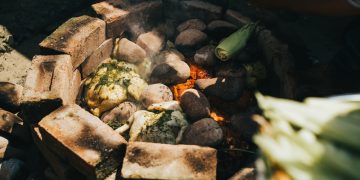
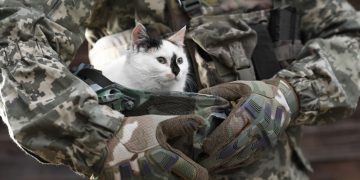
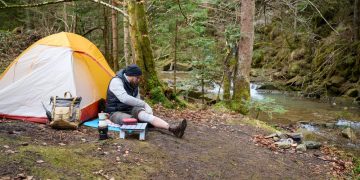
















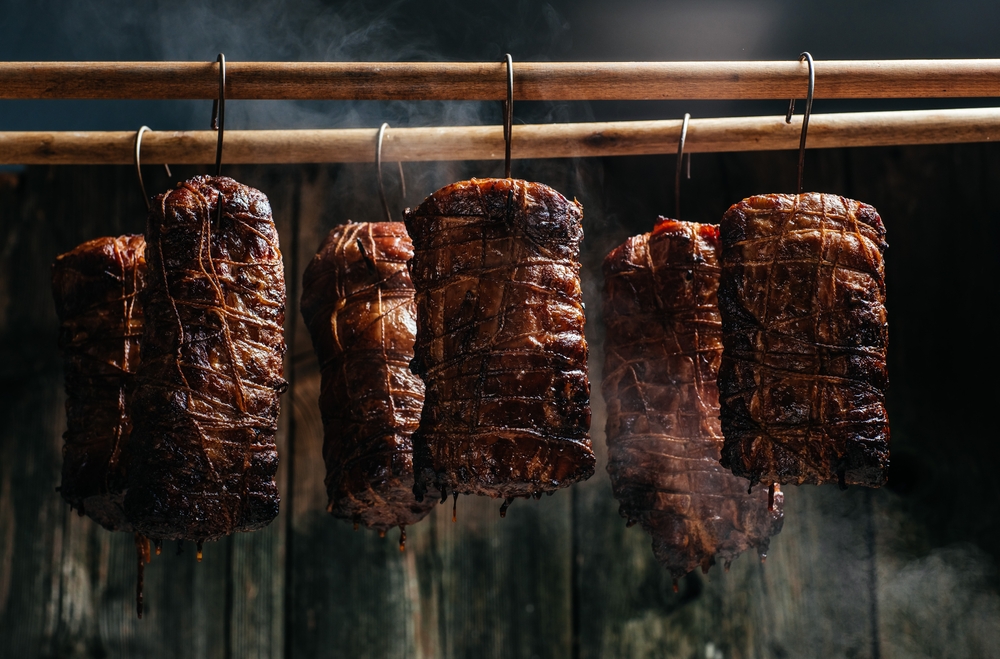

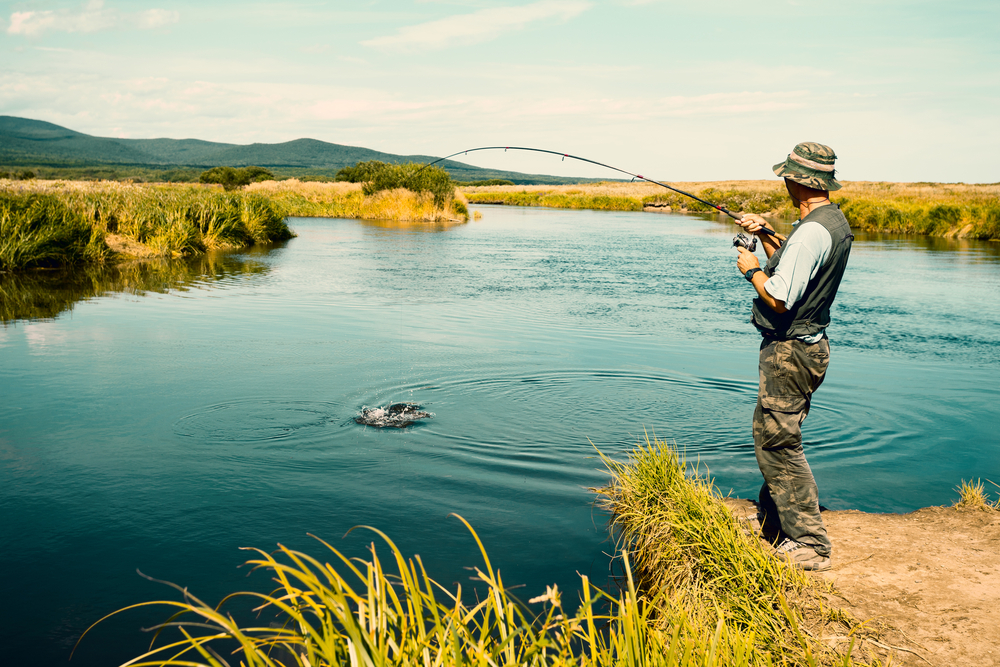


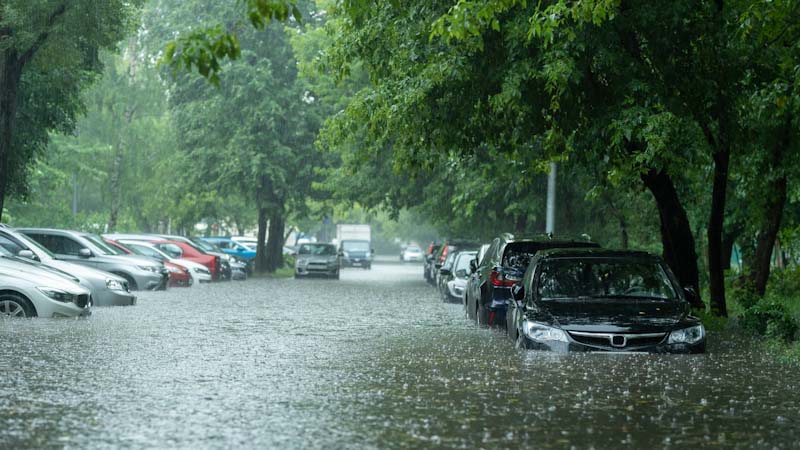







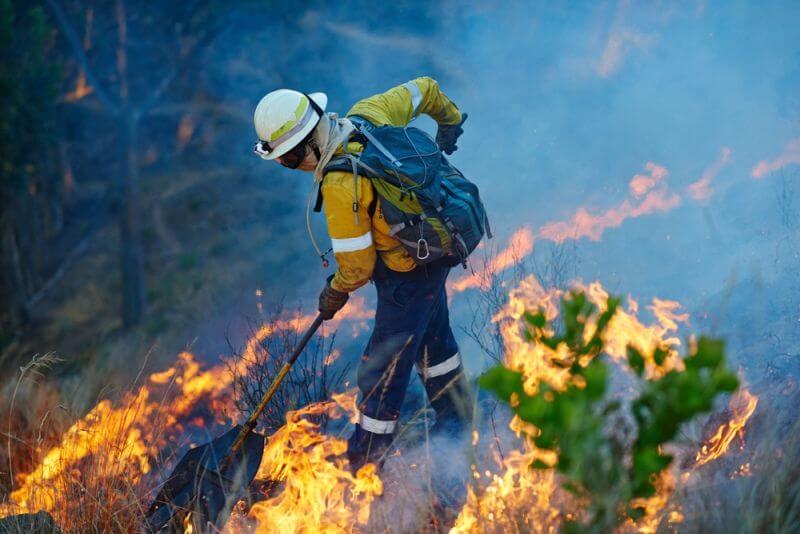
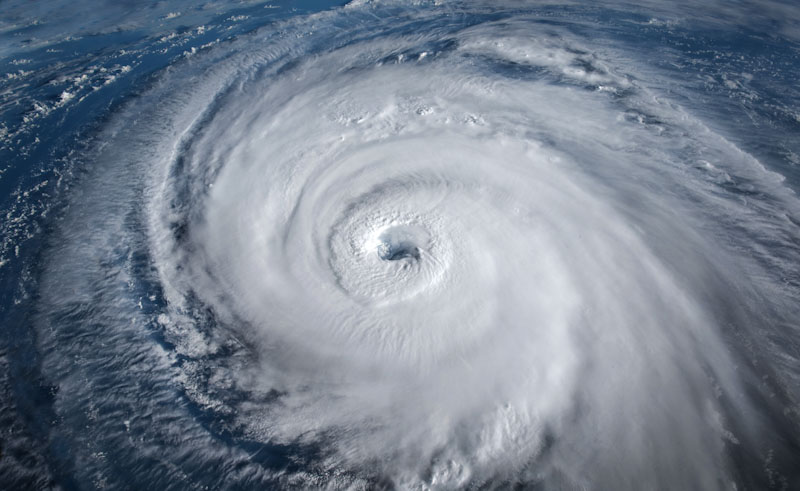



















































Learning from WWII history and the fall of Germany; everything 5 miles on each side of the Autobahn was stripped as people fled the communist troops from the East.
From my observations, traveling around the US; even those in the smaller rural communities do not have the supplies necessary to survive; no gardens, no stored goods. It will just take longer for them to starve. Everyone in the US has been lulled to sleep by our plenty. And they have been hypnotized into complacency.
another minus about urban prepping: zero space to keep anything extra. anything from extra bag of catfood to water to beef jerky takes up space, and does so at the exclusion of something else.
“Urban preppers and city dwellers will have a hard time procuring food and water, and various other needed items if they don’t store them long before the disaster hits.”
Regarding: “Survival plan” The word plan was used 10 times and 9 times was in the singular sense. Consider the differences between planning and preparedness. A wedding can be planned and even commonly rehearsed. Preparedness can only be “planned” IF you know the future ans are psychic. The thinking needs to be multiple contingency plans with still the expectation that we will be surprised and need to adapt one of multiple contingency plans to best fit something unanticipated. But the article is still good and my point is not let word choices narrow thinking because in what will become known as these good times when preparedness is still possible, we must expand our thinking to ha b e multiple contingency plans for multiple possibilities. As we become good at that, we realize typically only small changes are made to adapt our preparedness and ideas to a specific scenario and as we make those additions to our preparedness including supplies, we become more skilled in adaptive thinking and adaptive preparedness. Who am I to say this? No need to take my word for it. Adaptation is the key to survival and thriving in all of world history of man and all of both the plant and animal kingdoms. Those species that have proven their ability to adapt are here today and those who haven’t are extinct.
I only have 1 plan but I have 4 different routes to my BOL. As both my wife and I are close to 70 years old, too many different plans can be expensive. We plan to leave early (only if we feel unsafe at our house) and be at our BOL well before whatever danger comes knocking. Once at our BOL, we have food for the two of us for 5 years and a deep water well(540 feet deep) pretty much secure from any bad water, but we will still filter and boil for drinking and cooking. We had 2 750 gallon propane tanks delivered at our BOL 8 years ago. We had to have a chopper bring them in as there are no roads, only trails. Those tanks are still full as we bring in 25 gallon tanks each time we check on our little get away BOL.The nearest town is 30 miles away, the nearest town with more than 1000 people is another 20 miles away. The nearest people living to us are about 10 miles away. We also have 4 other couples that will join us and they have started making their own small houses and will be bringing in their own propane for cooking, hot water, and aux. heating as we have 60 ac. of timber on our land. It has never been cleared so there is a lot of dead wood that is well seasoned (I cut, chop, and split a cord every summer for the last 6 years). Get your plan/plans done now and do dry runs at least once a month. If you don’t, you will run into problems when the SHTF. Find any problems with your plan before the danger comes calling. We were once with a MAG, but none of the other members ever practiced a bug out . We quit that MAG and found 4 like minded couples that have the money to prepare for a SHTF event. You will need a groupe of at least 6 people if you have any hope of survival. In MHO. Good luck and get prepared!
..
Sure hope your 60 acres with lots of dead fall wood and such don’t get hit by lightning or come in the path of a wildfire. That 1200 gallons of propane (with propane it is only safe to fill the tanks to 80% of capacity) would destroy everything for a long ways around when the tanks exploded in a fire and your little BOL and all supplies would be history awfully quick.
I had opportunity to see a mountain site after a 150 gallon propane tank exploded. Even though the ends of the tank were parallel to the building, it still destroyed the building and all structures outside the building totally, leaving nothing but shreds of metal and concrete that could be picked up when one got far enough away from the actual explosion site, along with other debris. The explosion totally destroyed the fence around the entire area, the forest in every direction for quite a ways and left a huge gaping crater in the top of the mountain where the tank and building site had been. We ended up having to hike through a lot of downed trees and debris to get close enough to the site to see that it was basically destroyed to ground level. I have a high respect for propane and the dangers it possesses. With an estimated expansion ratio from liquid to gas of about 270:1, it’s going to destroy anything within the expansion ratio area. I would not care to see what a 750 gallon tank, much less two of them, exploding could do to an area.. The 150 gallon tank blowing was horrific. The investigators figured only because of the size of area cleared around the facility, for fire protection reasons, the explosion didn’t cause a fire when the explosion of the tank reached anything that could burn. To my knowledge no reason for the explosion was ever determined. How does one determine a cause when there’s nothing left to give any clues?
1200 gallons of propane, using a 270:1 ratio, equals 324,000. From the 150 gallon tank (120 gallons, expansion ratio = 32.400) I saw that had exploded, there was damage to trees out a good two miles from the explosion site. Fortunately the nearest “neighbors” to this site were farther than that away, but not much, and they were cell towers, radio and television antenna repeater sites and the like. I can’t imagine magnifying the damage I witnessed by 10!
If you keep the propane in a sandbag bunker, you will prevent most dangers from your propane. We went with propane because it has a very long shelf life, No one knows how long propane will stay go0d. As far as lightning and wildfires go, “you pays your money and take your chances.” I have seen fires at propane distributors that were burned black in 2020 that did not explode. The propane was next to a fuel storage area and 1 of their storage tanks caught fire and it spread to the propane storage area. No cell towers, raido, TV or ham repeaters any where near us. That’s why we bought the place. When did this explosion take place? I would rather have a double wall propane tank than a 55 gal. drum of gasoline as far as safety goes.. Your ratio is correct as far as I have been able to find. With the tools that investigators use, I’m sure there could have been a finding of probable cause or at least a possible cause. You don’t know how we have our food and other supplies stored, so you can’t say a fire would be the end of our supplies. If you look at any persons BOL, I’m sure that there are area’s that can be made better..I hope that your BOL is as safe as you can make it and there won’t be any lightning or wild fires near you. Good luck and thanks for the advice.
And 60 ac. is not a little BOL. How big is your place?
Places to stay away from.
The #1 place to stay away from is the hospital, believe it or not.
In the event of an ‘oops’ moment or a real SHTF, hospitals and urgent care clinics are going to be swamped, at least for the first several days. After that, they won’t have the supplies needed to care for people. So, learn what you can and as much as you can about first-aid. Buy a few reference books on emergency medicine when there is no physician or clinic available. Get a reasonable amount of first-aid supplies, including supplies to help take care of broken bones, severe cuts and even gun-shot wounds. I supply of OTC meds is helpful, too and they can be used after their expiration date. Well, within reason, anyway. If they are 5 or more years out of date, get new meds. Stock as much of your own prescription meds. Store all meds in, hopefully, a cool location, too, if you can. Certain meds don’t like to be frozen, either.
Stay away from supermarkets, etc. as those will be a madhouse and probably dangerous.
Given the latest FEMA debacle and FEMA’s stellar reputation, I’d steer clear of all their locations unless you absolutely can’t.
Don’t have just ‘a plan’. Have several back-up plans because your first plan may not go real well. Do a few ‘dry-runs’ with each plan and practice switching your ‘dry-runs’ mid-plan as that will be a very likely event in real life.
Remember ‘OPSEC’. Any preps you have, don’t blab it to the world. If you do, be prepared for a number of unwelcome guests. A trusted friend might be OK, but make sure you could trust them with your life.
In a true SHTF situation, about 3 days into a SHTF situation, you’ll start seeing exactly how fragile society and civilization really is.